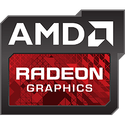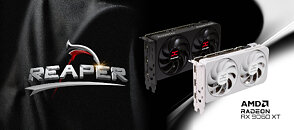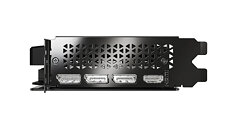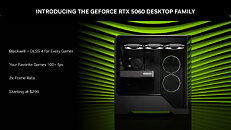
NVIDIA RTX 50 Series GPUs at MSRP in the Most Unexpected Place: US Navy
The US Navy Exchange (NEX) store has become a surprising platform for acquiring NVIDIA's RTX 50-series graphics cards at their manufacturer's suggested retail prices. A Reddit user, known as Accomplished-Feed123, shared that by combining various store promotions and credit card rewards, they managed to purchase a GeForce RTX 5090 Founders Edition for just $1,900, which is significantly below the typical retail price. Savvy shoppers have long discovered open‑box electronics and gaming hardware bargains there. On this occasion, the Reddit user noticed several "largeish brown boxes" hidden behind a locked display that usually houses Apple products.
Those boxes contained multiple RTX 5070 and RTX 5080 cards, along with a single RTX 5090, all priced at their suggested MSRPs of $550, $999, and $1,999, respectively. A quick online search of the part numbers confirmed that the top‑end card was indeed the Founders Edition model. After applying applicable discounts and card rewards, Accomplished‑Feed123 walked away, paying only $1,900 out of pocket. Access to NEX is restricted to active and retired military members and their families, operating under the motto "You Serve, You Save." However, many consumers may know someone eligible for these benefits. Other branches of the US armed forces maintain similar exchange stores, though GPU availability and pricing may differ by location.
Those boxes contained multiple RTX 5070 and RTX 5080 cards, along with a single RTX 5090, all priced at their suggested MSRPs of $550, $999, and $1,999, respectively. A quick online search of the part numbers confirmed that the top‑end card was indeed the Founders Edition model. After applying applicable discounts and card rewards, Accomplished‑Feed123 walked away, paying only $1,900 out of pocket. Access to NEX is restricted to active and retired military members and their families, operating under the motto "You Serve, You Save." However, many consumers may know someone eligible for these benefits. Other branches of the US armed forces maintain similar exchange stores, though GPU availability and pricing may differ by location.



























































































